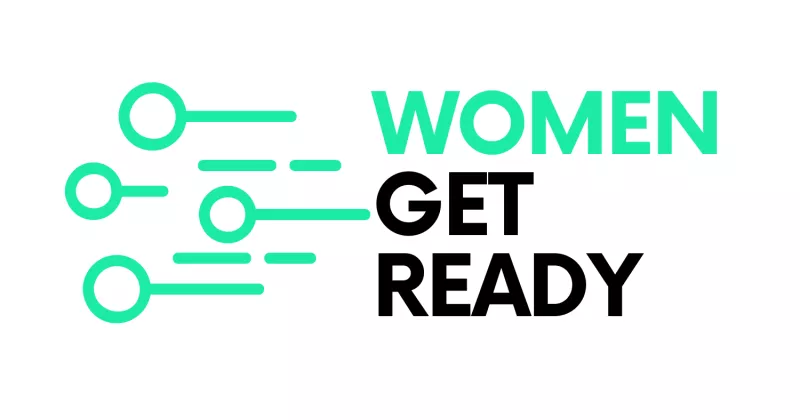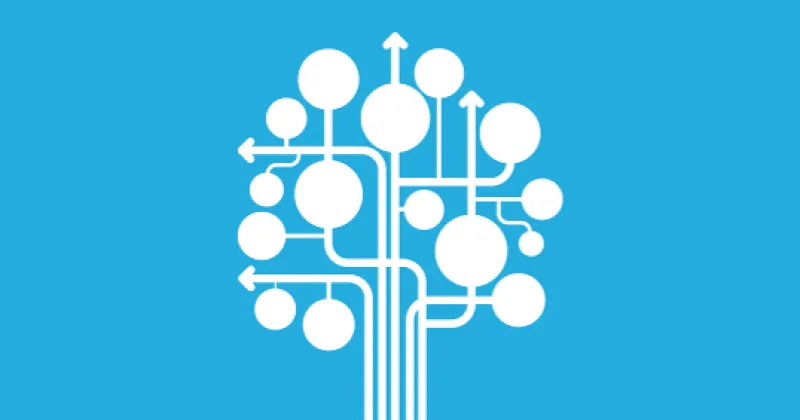Quo vadis, adult education? Trends in comparison 1
Just like any other industrial sector or educational field, adult and further education is dependent on new developments and has to adapt to them. As such, TRENDS that are identified by an authoritative source are important reference points for analysis: Are the organisation, the programme, the knowledge of the employees and teachers, and the technology positioned correctly? The following analysis of various trend approaches is intended to shed some light on the matter.
Innovating Pedagogy (2020)
The motivation for this overview was the release of Open University Innovation Report 8, Innovating Pedagogy [EN] in January 2020 – a report that has been published by the NIDL of DCU and the Open University since 2012. This report presents ten trends. The trends that are covered do not pertain solely to adult education, but to all areas of pedagogy, and thus to adult education as well. And no, they are not just – but they are primarily – developments that were caused or reinforced by digital advancements.
A brief look at the various trends:
- Artificial intelligence in education will play an increasing role, at least on the student-facing side. Computer-assisted tutoring, automatic evaluation, adapted learning environments, and exploratory learning do not make teachers superfluous, but do change their role.
- Posthumanist thinking will change education: The boundaries between humans and machines are shifting or being blurred. When robots simulate lectures or people have capability-enhancing chips implanted in them, how do we define what is human and what is a machine? Can a human form a bond with a machine? These questions are already relevant for education today. Are the tutors on a learning platform people or bots that merely perform humanlike actions?
- Learning with open data is made possible by the sharing of large volumes of authentic data that can be integrated into learning. Due to their relevance for learners, these learning approaches can lead to more motivation: The analysis of changes in income or wealth in my country means more to me as a student when it is based on real-world data. This is made possible by the online-based provision of data and newly developed, easy-to-use tools for processing large quantities of data.
- The issue of data ethics was important long before the new GDPR went into force in the EU. Where are the limits of data usage when “online profiles” are already created for university students; who has access and who can restrict this access? Raising awareness for this issue is an important educational topic, but at the same time is also a demand to educational institutions to handle data responsibly.
- Based on current changes in society, we are once again faced with the question of who the losers and winners are in this context: Social justice education has an important innovative power that must be taken into consideration. This includes education for disadvantaged people as well as education about (environmental) sustainability, because here as well it is often the underprivileged who have even more to lose.

OpenClipart-Vectors | Pixabay
- E-sports or e-gaming is another important trend that will play a bigger and bigger role in people’s free time, but also in learning. E-gaming can improve the learning of movement patterns or team strategies, but can also be a motivational factor when it comes to efforts surrounding literacy. When combined with virtual reality, this technology offers a wide range of possible applications.
- Learning from animations can help learners better understand processes that otherwise remain hidden to the human eye, such as processes in the body, nanotechnology, and so forth. The fact that the animations can be reproduced over and over again allows the learning pace to be varied to suit individual needs.
- Multisensory learning and its benefits are increasingly becoming a focus of attention, and not only due to digital tools: Humans have five senses, but usually learn with their eyes and ears (at least in the formal setting). Multisensory techniques are already used in many areas, for example in healthcare as well as to provide “experiences” in the tourism sector. Especially for people with special needs, this can be a tremendous learning opportunity.
- Offline networking: Learning through networks is also gaining in significance. For example, there are plenty of people on Twitter who say that they learn through/from/with Twitter. But these experiences can also be had offline: Exchanging opinions, ideas, and materials can change and broaden one’s own perspective. New formats are driving this trend: BarCamps and MOOCS are already very popular.
- Particularly in natural science learning environments, virtual laboratories can help learners have experiences that would otherwise be impossible due to distance, dangers, or costs. How do substances behave when they are exposed to seawater? What does it mean for a chemical reaction when the ambient temperature is drastically changed? Not all of these questions can be answered under real-world conditions without danger, so virtual laboratories can provide assistance here.
So those are the ten sources of innovation presented in the report described above. What other voices are there, and do they see the same, different, or opposing developments? A brief comparison of two other trend reports can provide some clarity.
|
Learn more about current trends in adult education in part II of this article: Which trends did the OECD identify, what does future research à la M. Horx look like, and what do these views have in common? |
About the author: Heike Kölln-Prisner has been working in adult education since 1986 and specialises in basic education, project management, and education for disadvantaged people. She is also an EPALE Ambassador.





Sveicināti, Heike, Paldies…
Sveicināti, Heike,
Paldies par sarakstu. Tas tiešām lielā mērā ataino to, kas notiek izglītībā attālināti.
Man prieks, ka sarakstā ir minēti arī atvērtie dati un sociālā taisnīguma izglītība, kas ļauj katram piekļūt informācijai. Pieņemu, ka pieejamas tehnoloģijas un apmācības arī trūcīgākajai sabiedrības daļai ļautu samazināt sociālo atstumtību trūcīguma vai izglītības trūkuma dēļ.
Vēl laikam piemetinātu par attīstības tendencēm, ka vēl nekad uz skolēna vai studējošā pleciem nav bijusi tik liela atbildība par paša izglītības kvalitāti, jo vai nu skolēns/students ir aktīvs, vai arī neglābjami cieš izglītības kvalitāte.
Paldies ka šo aktualizējāt - ir svarīgi mainīgā pasaulē piefiksēt pārmaiņas, lai vēlāk šīs piezīmes kalpo par pieturas punktiem pārmaiņu vērtēšanā.